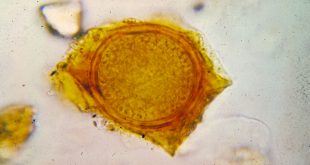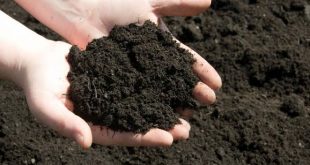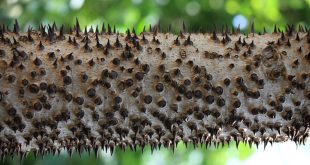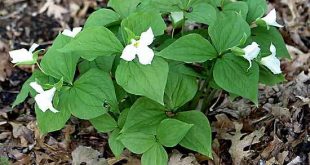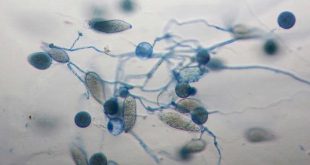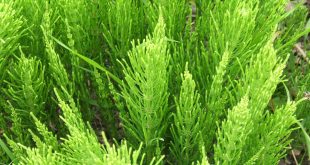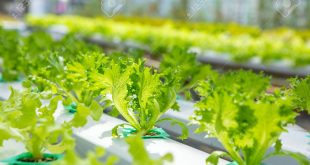Article author: Shawon Gosh Payell Synchytrium endobioticum is one of the chytrid fungi which causes black scab or the wart disease of potato. Though potato is the only cultivated host but Some other plants of the genus Solanum are also infected by it. According to Karling (1964), it has a …
Read More »Blog Layout
Importance of Soil Solution
The term ‘soil solution‘ refers to the liquid phase of soil which consists of dissolved substances both organic and inorganic, in ionic or in molecular form. It is the focal point of soil chemistry. Its importance in soil development, nutrient availability, and plant growth can broadly be divided into two …
Read More »Hura crepitans: Where Nature Produces “Explosives”
Have you ever heard about nature being so furious with us and producing explosives? Producing Explosives through “The Dynamite Tree”? Well, if the answer is a no, then here I am to introduce you to one of the most dangerous trees you’ll ever hear about! In most of the places, …
Read More »Hybridization: A Method of Crop Improvement (Part 1)
“Healthy citizens are the greatest asset any country can have.” Said late British prime minister Sir Winston Leonard Spencer Churchill. For maintaining good health, we require food. Thus, food ranks first among the basic necessity of life. Although food being produced to feed every individuals among all over the world. …
Read More »Taxonomy: DNA Barcoding
DNA Barcoding DNA barcoding is a method of species identification using a short section of DNA from a specific gene or genes. Everyone is familiar with industrial barcodes as unique identifiers for commercial products. Similar to these industrial barcodes, short gene segments – known as DNA barcodes – are unique …
Read More »Taxonomy: Genetic Marker
What is marker? Marker may be defined as “Mark of identification”. In Biology three major types of markers are used: Morphological marker (also called “classical” or “visible” markers) which are phenotypic traits. Biochemical markers, which are called isozymes- multiple forms of enzymes, including allelic variants of enzymes. A genetic marker …
Read More »Oomycetes: Order Peronosporales
Order Peronosporales, Aquatic or terrestrial; parasitic on algae or vascular plants, the latter mostly obligate parasites causing downy mildews; in advanced species, zoosporangia borne on well-differentiated sporangiophores, deciduous and behaving as conidia (asexually produced spores); example genera include Albugo, Peronospora, Bremia, and Plasmopara. Habitat They are aquatic, amphibious and terrestrial species. Forming a highly group …
Read More »Soil Forming Processes
The soil-forming is a complex process along with a lot of factors and processing ways. It takes a long period of time to develop even an inch of soil. In this article, the basic processes of soil formation are discussed briefly. Related article– Soil Forming Factors Soil Forming processes There …
Read More »Equisetum: The Scouring Rushes
Equisetum: The Scouring Rushes Equisetum commonly known as ‘Horsetails’ or ‘Scouring rushes’. It comprises about 25 species and is worldwide in distribution. Except This genus in vascular plants, there is no living genus in Equisetaceae family that reproduces by spores rather than seeds. Taxonomic position: Division: Sphenophyta Class: Sphenopsida Order: …
Read More »Types & Procedures of Selection Process (Part-2)
Plant breeding is defined as identifying and selecting desirable traits in plants and combining this into one individual plant. Since 1900, Mendel’s laws of genetics provided the scientific basis for plant breeding. Selection is the most ancient and basic procedure in plant breeding. Selection procedures used in plant breeding have …
Read More » Plantlet The Blogging Platform of Department of Botany, University of Dhaka
Plantlet The Blogging Platform of Department of Botany, University of Dhaka
